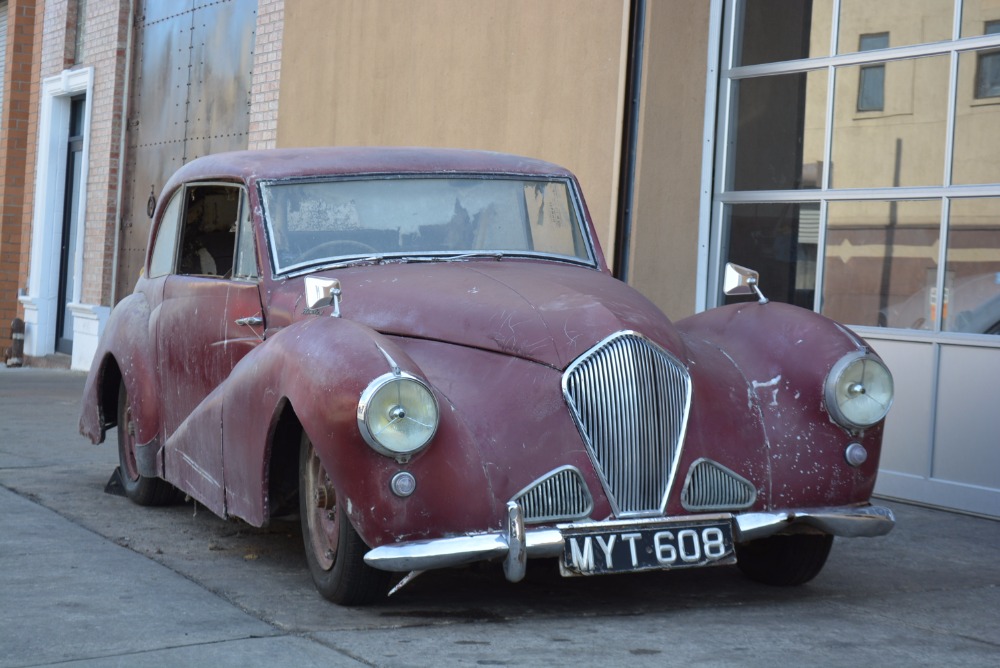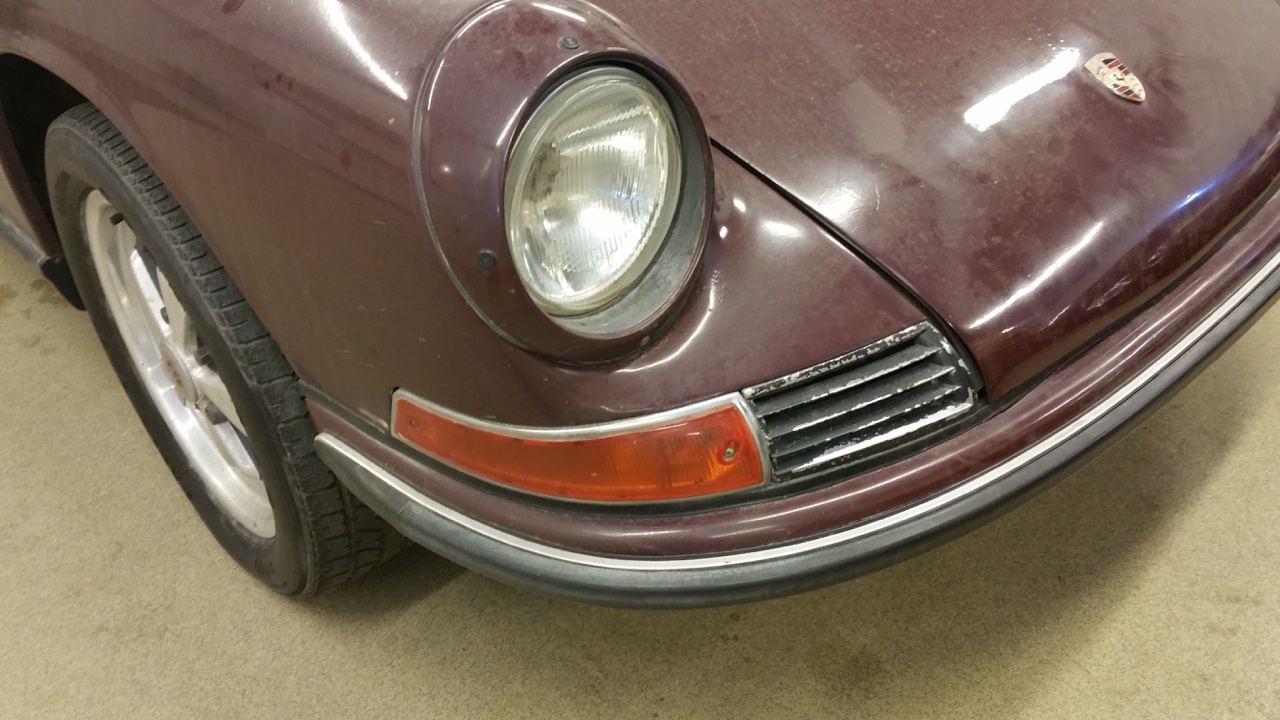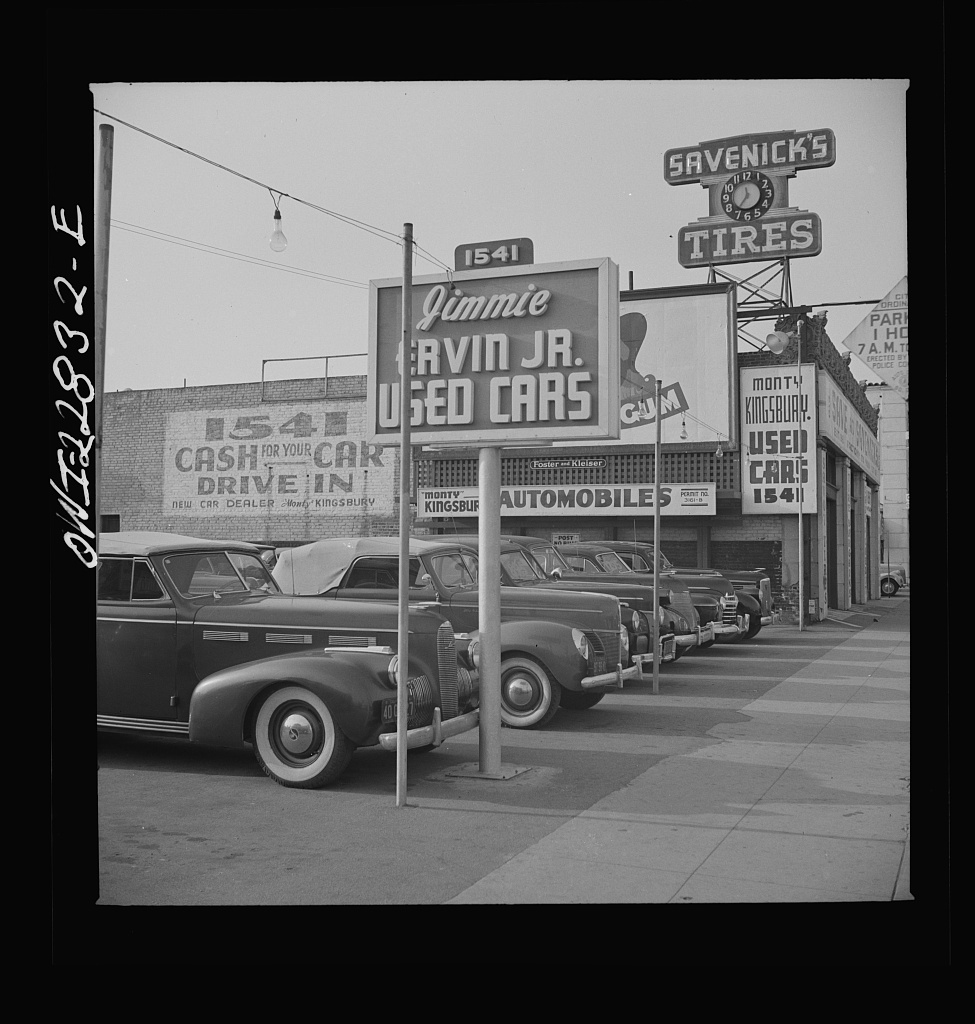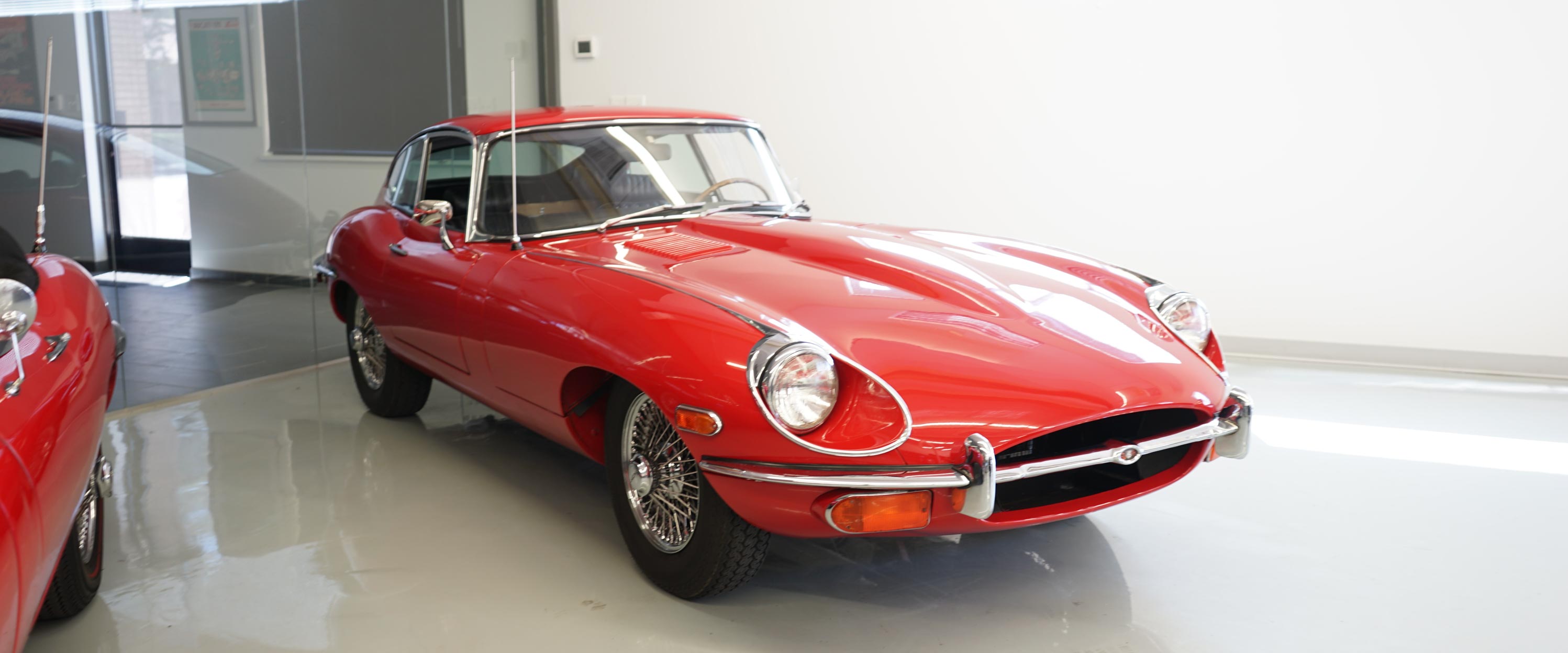Just What is a 'Driver' Car?
When reading ads of vintage cars for sale, there will be the occasional prestigious award-winning examples. And then the opposite extreme: completely rotten carcasses sitting under a tree somewhere. But, the vast majority—no matter the make or model, from Ferrari to Ford—will be billed as “drivers.” However, when reading many ads carefully, often the ‘driver’ car turns out to have been dormant for years and is, in truth, far from actually being driven anywhere. So, what really constitutes a ‘driver’ car?

Most enthusiasts, when hearing that, picture a car that’s all together, currently licensed and registered, that runs reliably and is in reasonably presentable condition: one that could be taken on a 100-mile drive tomorrow. And many we see posted fit that description; they are a good starting point for someone planning to further the restoration efforts of the current owner and move the car’s condition up a notch or two, or just leave it like it is. However, for each vintage car like that out there, we find several that, well, really can’t be driven.

This will include a run-down specimen that might be made to cough into life with jumper cables and a can of ether, sending out clouds of blue smoke and worrying noises. Technically, it might be driven around the block before it overheats while using the parking brake to slow it, since the brake pedal is on the floor. C’mon, that’s not a ‘driver.’ Two quick-checks for a prospective purchase:
1. If it has to come home on a trailer, it’s not a ‘driver.’
2. If your wife won’t get in it, it’s definitely not a ‘driver.’
It’s human nature to procrastinate about maintenance or repairs on a hobby car that only gets occasional use. If it looks pretty good and is safe to drive, where’s the harm? ‘Harm,’ or misleading advertising, occurs when a less roadworthy specimen is called a driver. Someone considering the purchase of any vintage car should assume there will need to be some money spent on catching up those things the seller ignored, or to better fit the standards of the new owner. But if the car hasn’t moved in years, you can bet the needs will be many.

Once the car has been dragged home, the fuel system needs thorough attention. The tank should taken out and brought to a specialist to chemically clean out all the old residual gas, varnish and rust. The fuel lines from tank to engine will have the same detritus within, as will the pump and carburetor. Rebuilding both of those is not a step to skip, and with clean components front to back, a fuel problem won’t strand you on your first Dairy Queen run. (Usually the most common culprit when a just-purchased old car dies) Similar attention needs to be given to the ignition system, by going through the distributor, spark plugs and looking at all the wiring before (always) installing a new battery. Old, corroded battery cables also frequently spoil the fun when out for a ride, and should be replaced if they even look iffy.
The cooling system is another area that needs to be vetted before taking the family for a ride. Remove the radiator and take it to the same shop with the gas tank for a proper flushing. Then spend the $100 it takes for new hoses and thermostat to even further insure the pleasure of your first rides. This leaves the brakes: All of the things mentioned above may stop you on the side of the road, but bad brakes won’t stop you at all! Brake fluid is hygroscopic, meaning that all the time the car was dormant, moisture was being absorbed in the entire system, rusting everything ferrous and corroding the rest. Wheel cylinders, master cylinder and any suspicious lines need to be replaced to protect not only your new hobby car, but also the family that will ride in it.
OK, we’ve got reliable brakes, fuel, cooling and ignition systems! What’s left? Better check the tires; dormant cars may have tires that look great, but are twenty years old and essentially worthless. Check the date codes, and if more than ten years old, replace ‘em. (4-digit date codes are up to 17 years old, 3-digit codes go back to the ‘70s) Make sure the brake and turn signal lights work and you’re ready for a close-to-home shake-down ride. As you venture out on your first drives, pay close attention to how the car steers and sniff for exhaust leaks. Hopefully the alternator/generator is charging so you’ll get back home. After a couple rides like this, and after snugging up the various things that drew attention to themselves, you finally have a ‘driver’ car fit for a weekend cruise somewhere!
And of course - you can always just call or email us, and we'll find you the perfect driver. Like the excellent driver-quality Jaguar XKE we have in the showroom right now.

